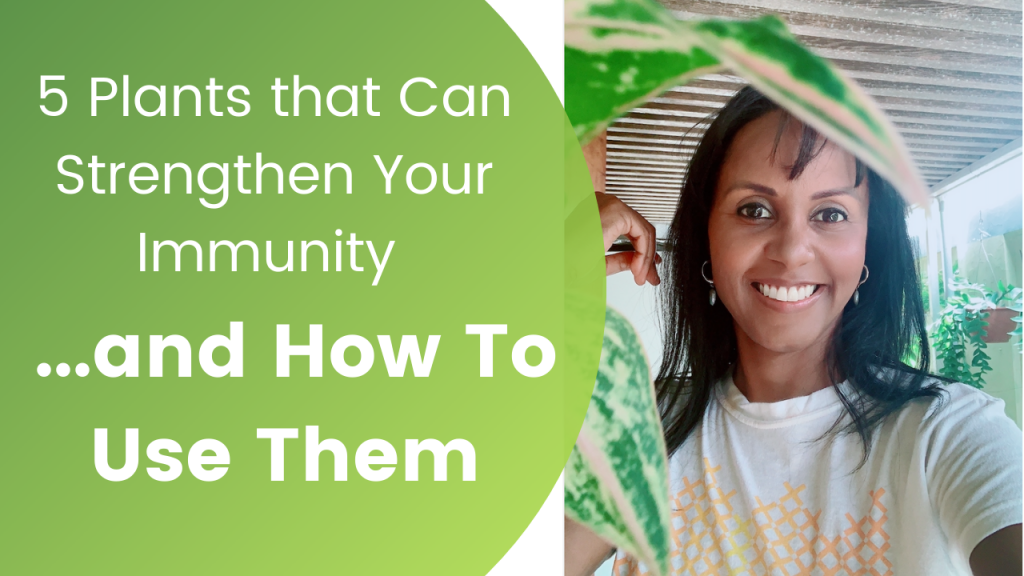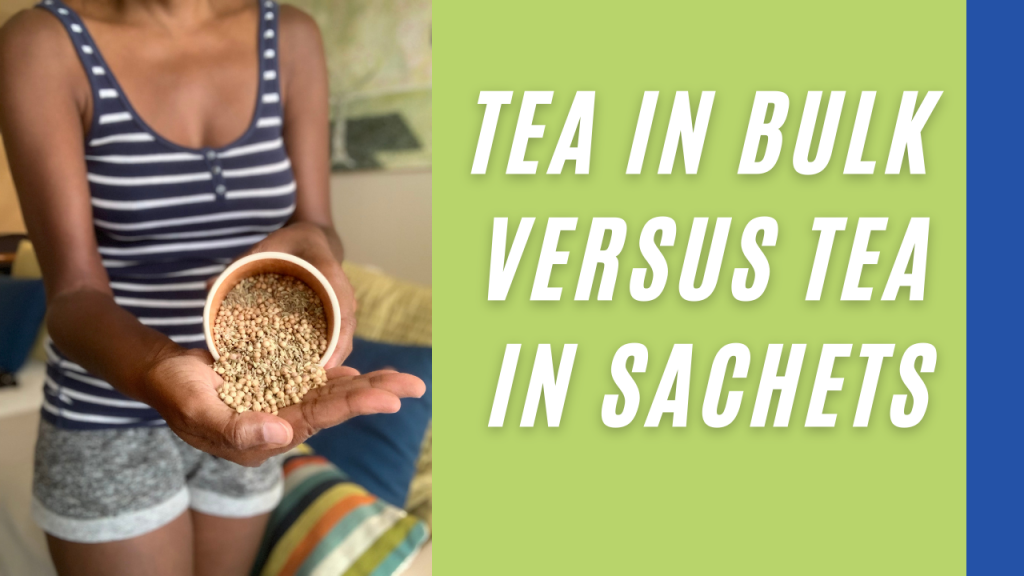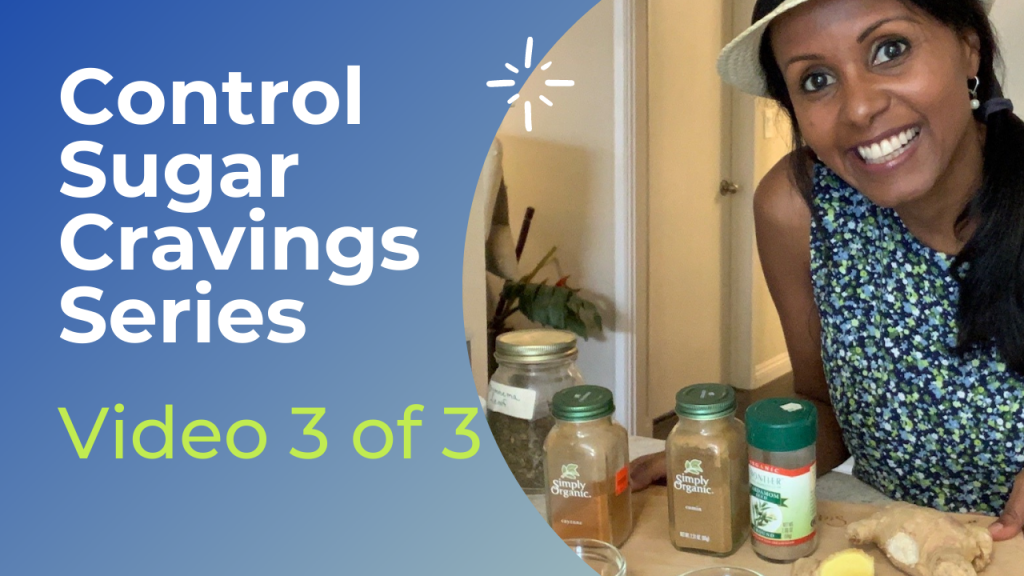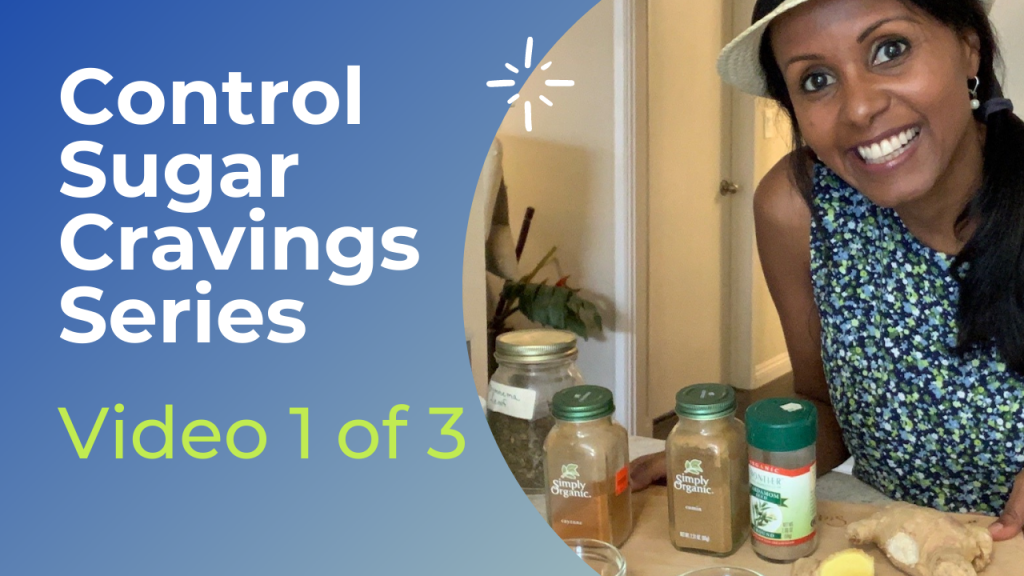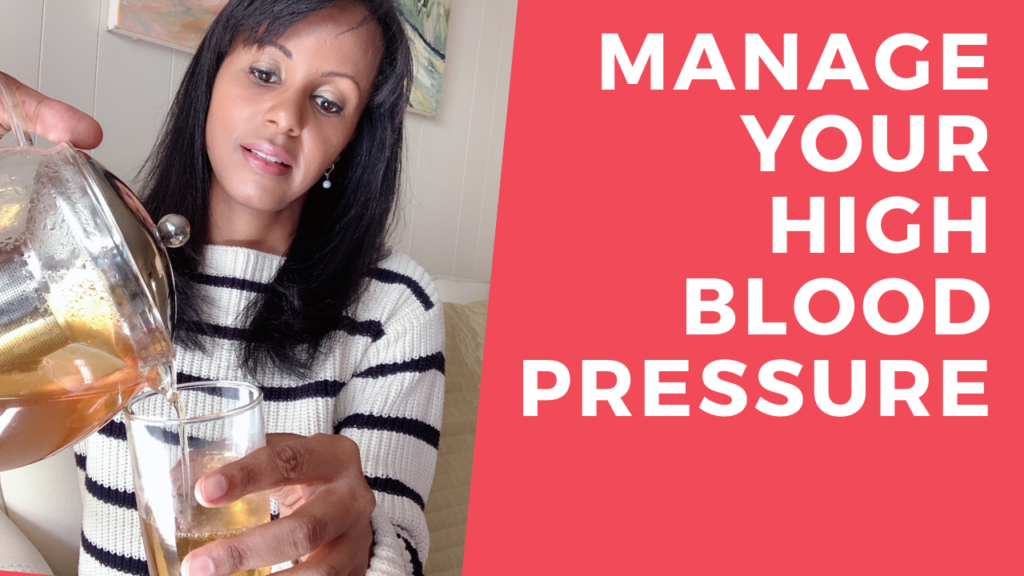Herbal Remedies
What is Panchakarma (as featured in the Kardashians)
You Can Do THIS without being as rich as the Kardashians! Whether you follow the Kardashians or not, they are impossible to miss! I don’t personally watch their show or follow them, but I do love traditional practices that help people heal and feel amazing. Last week, a friend mentioned that Ayurveda was front and …
What is Panchakarma (as featured in the Kardashians) Read More »
‘Natural’ and ‘Safe” Are Not Always The Same
The use of medicinal plants is increasingly widespread in society. They are used seemingly for anything: from weight loss, to sleep, to stress management. In short, to feel better. But we must always ask ourselves the following question: Is natural always safe? Today’s video will try to answer this question. Medicinal plants are an important …
Homemade Spray To Relieve Muscle And Joint Pain
Aches and pains due to muscle or joint issues? This remedy blend is super fast and easy to make, can be made cold (no need to heat the oils) and the result seems good to me. It is effective, fast and very simple to do. Also, everyone who doesn’t like the feel of oily and …
Best Digestive Tea Blend After a Large Meal
Digestion is a complex process that involves many organs in our body. Correct digestion, among other things, is essential for the body to assimilate the necessary nutrients to carry out its vital functions. Stress, a heavier than normal meal, ultra-processed foods, changes in routine, excess cold or heat … All these things can influence your …
5 Plants that Can Strengthen Your Immunity and How To Use Them
People often ask me how seasonal foods and medicinal plants can be an ally to increase their defenses. According to the European Food Safety Agency (EFSA) the vitamins and other micronutrients contained in certain foods can contribute to the proper functioning of the immune system. Other studies show that malnourished people are more exposed to …
5 Plants that Can Strengthen Your Immunity and How To Use Them Read More »
Teas In Bulk Versus Tea In Sachets + Which One Is Best?
Before I started researching medicinal plants and studying herbal medicine, I used to drink infusions in ready-made sachets. There are amazing brands and blends on the market, to meet all tastes and needs. However, over time I have moved to buying herbal blends in bulk and avoiding the use of tea bags and herbal teas. …
Teas In Bulk Versus Tea In Sachets + Which One Is Best? Read More »
5 Aromatic Plants That are Also Medicinal
Do you know the difference between aromatic and medicinal plants? Do not worry, it is a fairly frequent question since, despite the different definitions of medicinal and aromatic plants, many times the same plant can fit into the two categories. What is the difference between aromatic and medicinal plants? Both medicinal and aromatic plants have …
Control Sugar Cravings Series | 4 herbs that may detox the sugar
Video No 3 of the 3-video series on how to control your sugar cravings is here! Today we will talk about 4 herbs that are believed to help you metabolize sugar and eliminate the toxic-by products of heavily sweet and processed foods. Let’s check them out here! Interested in learning more about how to control …
Control Sugar Cravings Series | 4 herbs that may detox the sugar Read More »
Control Sugar Cravings Series | 4 Herbs That May Help Reduce Blood Sugar
Video No 2 of the 3-video series on how to control your sugar cravings is here! Today we will talk about 4 herbs that may help reduce blood sugar, cleanse and detox your elimination system and eventually help you control your sugar cravings. Let’s check them out here! Interested in learning more about how to …
Control Sugar Cravings Series | 4 Herbs That May Help Reduce Blood Sugar Read More »
Control Sugar Cravings Series | Apple Cider Vinegar
Welcome to the 3-video series on how to control your sugar cravings! Today we will talk about how amazing apple cider vinegar is for you! Here are the top 4 ways in which it can help you control your sugar cravings: Interested in learning more about how to control your sugar cravings? Check Out The …
Control Sugar Cravings Series | Apple Cider Vinegar Read More »
How To Get Rid of Intestinal Parasites… Naturally
There are home remedies that are prepared with botanicals like peppermint, rue and mugwort, which have anti-parasitic properties, and are very efficient in eliminating parasites and intestinal worms. These can be used every 6 months or in small doses on a regular basis to keep the intestine clean, but can also be used after confirmation …
How To Get Rid of Intestinal Parasites… Naturally Read More »
Herbal Blends for Gallbladder Stones
The presence of gallstones causes symptoms including vomiting, nausea, and pain in the right side of the abdomen or in the back. The size of these stones is variable, and can be like a grain of sand up to the size of a golf ball. Gallstones that are very large can only be removed with …
Natural Ways To Manage Hemorrhoids
There are some home remedies that can be used to relieve symptoms and cure external hemorrhoids faster, complementing the treatment by the doctor. Some good examples are the sitz bath with horse chestnut or the use of a witch hazel ointment, but there are other solutions such as increasing the consumption of foods rich in …
Stress Causing Your Blood Pressure to Rise? Try One Of These
Does all the stress of today’s work making your blood pressure rise? The world of herbal medicine has a lot to offer and I wanted to share a bunch of them here. Although these home remedies are useful to supplement treatment for high blood pressure, they should only be taken with the knowledge of the …
Stress Causing Your Blood Pressure to Rise? Try One Of These Read More »






